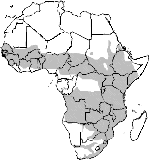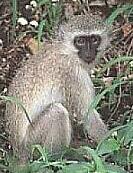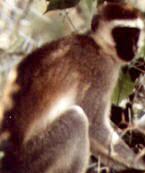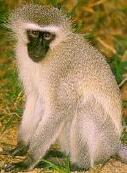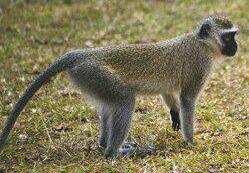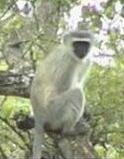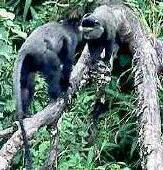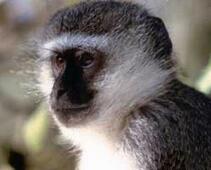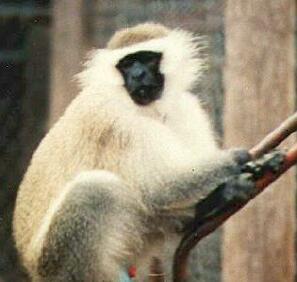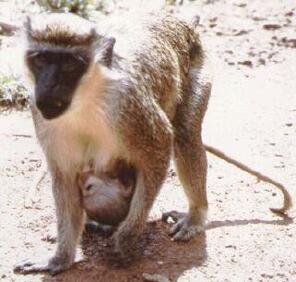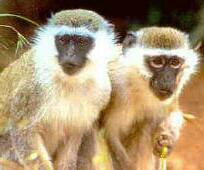 C. aethiops -- *zoorg -- (above)
C. aethiops -- *zoorg -- (above)
C. aethiops -- *vzoo -- (at right)
|
There is always the possibility that a photograph or illustration may be mislabeled or attributed to the wrong subspecies. One photo was found on three different websites, but labeled as two different species. Notice how little the photos above differ from those on either side of this paragraph. Technically, all photos on this page are attributable to Chlorocebus aethiops. It is only when we consider subspecies that it would be less confusing if all these illustrations were given trinomial names.
One must always be skeptical about the identification of illustrations or photos used at websites (or in books, on TV or anywhere for that matter). In addition, one must always be aware that there may be very significant differences in coloration between males, females, juveniles and regional populations. Be sure to see the page showing Field Guide Artwork.
|
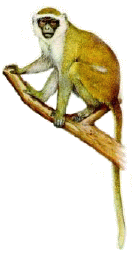
|

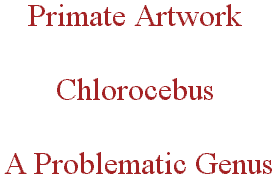

![]()
